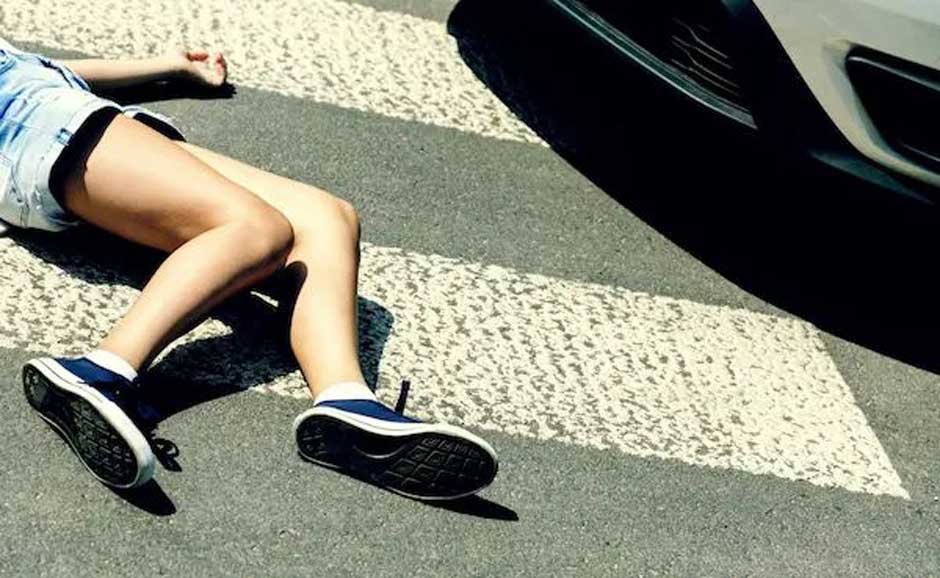Las Vegas is a vibrant city that never sleeps, known for its dazzling nightlife, world-famous casinos, and nonstop entertainment. From the iconic Las Vegas Strip to the bustling Fremont Street Experience, the city attracts millions of tourists each year. With its bright lights, busy sidewalks, and constant flow of traffic, Las Vegas is always alive with energy and movement.
However, amidst the excitement, accidents involving pedestrians can and do happen. Proving that a driver was responsible in a pedestrian crash often requires more than just your word. Gathering evidence such as surveillance footage, witness statements, and traffic data is crucial to building a strong case.
That’s why working with a pedestrian accident lawyer serving Las Vegas is essential. A lawyer familiar with local traffic laws and pedestrian rights can guide you through the process, ensuring you have the right support to prove liability and seek the compensation you deserve.
The Role of Traffic Laws and Right-of-Way
Traffic laws are designed to keep everyone safe on the road, including pedestrians. These rules clearly explain how drivers should act and who has the right-of-way in different situations. For example, drivers must yield to pedestrians in marked crosswalks. Failing to stop for someone in a crosswalk or turning into a crosswalk when a pedestrian is present are common ways drivers violate these important laws.
It’s crucial to identify exactly which traffic laws the driver broke. This could involve speeding, running a red light, or failing to yield. Distracted driving, such as texting while driving, or impaired driving, like driving under the influence, are also clear violations of a driver’s duty to operate their vehicle safely. These actions directly show negligence and responsibility in a crash.
Gathering and Analyzing Evidence
To prove a driver was at fault, we must collect and carefully examine different types of evidence.
- Police Reports: These are very important. The report contains the police officer’s initial investigation, including any statements made by the driver, information from witnesses, and even whether the driver received a traffic ticket.
- Witness Testimonies:People who saw the accident can provide independent accounts of what happened. Their observations can offer valuable details that help piece together the events leading up to the crash.
- Dashcam/Surveillance Footage:Video evidence from dashcams or nearby surveillance cameras is incredibly powerful. It offers an objective look at the driver’s actions and the circumstances of the accident, leaving little room for doubt.
- Accident Reconstruction:Sometimes, experts are called in to analyze physical evidence, such as tire marks, vehicle damage, and the pedestrian’s injuries. They use this information to scientifically determine how the crash occurred.
- Driver’s Statements:What the driver says after the accident can provide significant insights. If they admit fault or give conflicting stories, these statements can be used to show their responsibility.
Proving Causation and Damages
Proving fault isn’t just about showing the driver broke traffic laws—it’s about connecting those actions directly to the crash and injuries. If a driver ran a red light, did that cause the collision? Medical records, crash reconstruction, and witness statements help tie their negligence to the harm done.
Victims can seek compensation for medical bills, lost wages from missed work, and pain and suffering. The stronger the evidence linking the driver’s choices to the damages, the clearer the case for full accountability.
The Path to Accountability
Holding a driver responsible requires building a complete case: traffic law violations, solid evidence, and clear proof that their actions caused the crash. When all pieces come together—police reports, videos, expert analysis—negligence becomes undeniable.
Conclusion
Success means the driver answers for their mistakes, and the victim gets the justice and compensation they deserve. The system works, but only when the truth is fully uncovered.







